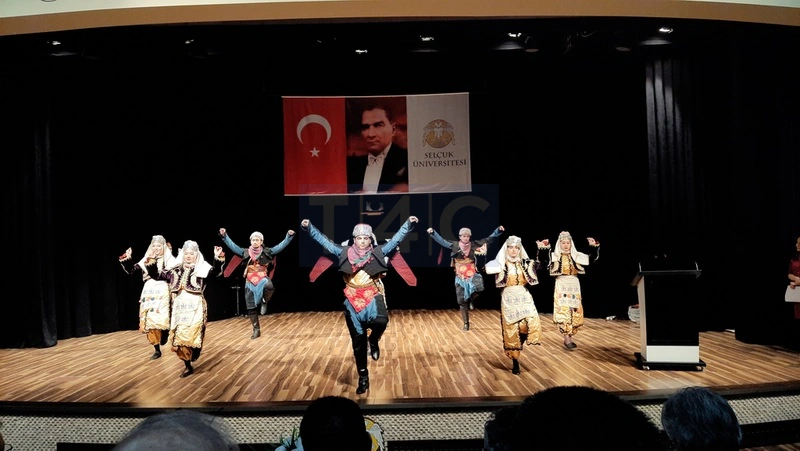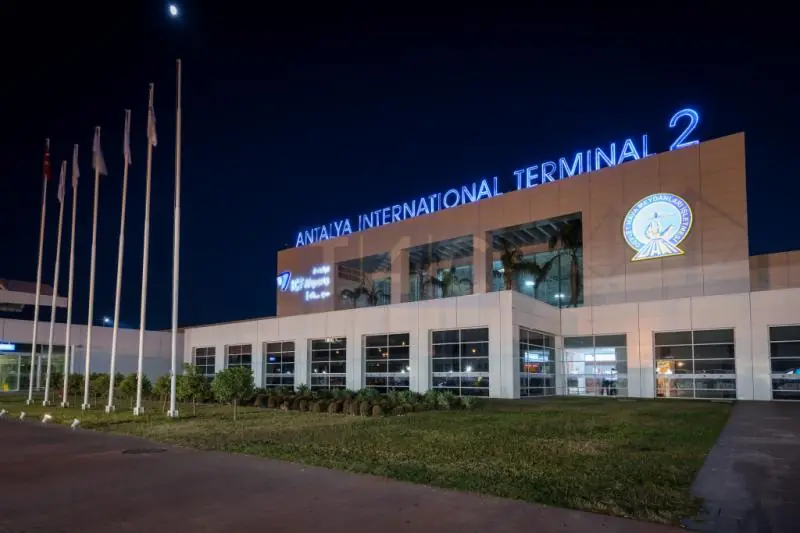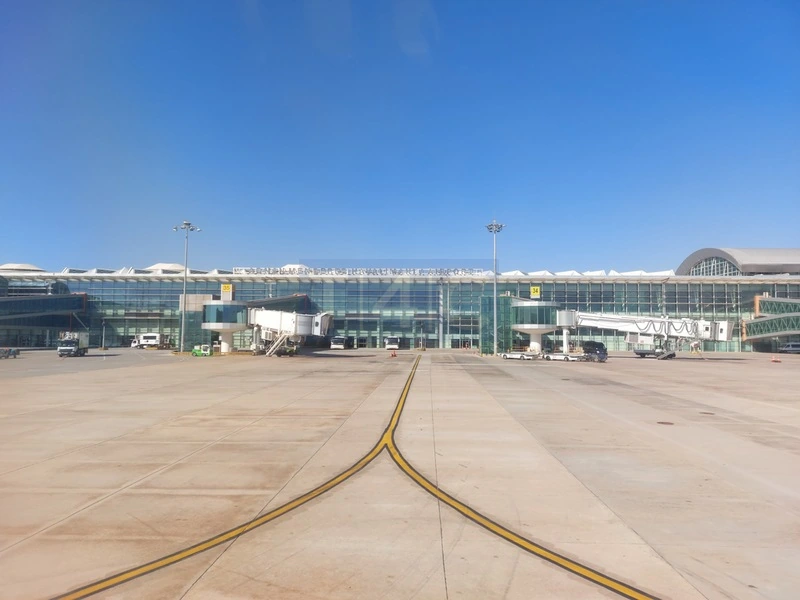Folk Dances of Turkey: Where to See and Learn About Them
Turkey, a nation rich in diverse cultures and traditions, boasts a vibrant tapestry of folk dances that reflect its historical influences and regional characteristics. From the energetic "Horon" of the Black Sea region to the graceful "Zeybek" of the Aegean, each dance tells a story of its people, celebrating their heritage and communal spirit. Visitors to Turkey can immerse themselves in these lively performances at cultural festivals, local gatherings, and dedicated dance schools. Enthusiasts can also participate in workshops to learn the intricate steps and rhythms. In this blog, we’ll explore the most famous folk dances of Turkey, where to witness these captivating performances, and tips for those eager to learn the art of Turkish dance.
The Rich Heritage of Turkish Folk Dances
Turkish folk dances are a significant aspect of the country's cultural identity. They are often performed at weddings, festivals, and community events, showcasing the regional diversity of Turkey. Each dance varies not only in style but also in the attire worn by the dancers, which often features vibrant colors and intricate patterns. The dances are typically accompanied by traditional instruments like the "saz," "darbuka," and "cura," infusing the performances with lively music that invites everyone to join in.
Notable Folk Dances to Experience
- Horon: Originating from the Black Sea region, the Horon is characterized by its fast-paced movements and circular formations. Dancers often bend forward at the waist, moving their arms in sync with the rhythm.
- Zeybek: This dance is a tribute to the heroic warriors of the Aegean region. Known for its slow and expressive movements, the Zeybek reflects pride and masculinity, often performed solo.
- Bar: Commonly found in the Central Anatolian region, the Bar is known for its energetic steps and is typically performed in a line or circle. It's a favorite at celebrations and community gatherings.
- Çiftetelli: A popular dance among women, Çiftetelli is characterized by its sensuous movements. It is often performed at weddings and includes hip movements that captivate audiences.
Where to See Folk Dances in Turkey
For those wanting to experience traditional Turkish folk dances firsthand, several locations stand out:
- Folklore Festivals: Many cities host annual festivals celebrating Turkish culture, where folk dance troupes perform. Notable events include the International Istanbul Folk Dance Festival and the Antalya Yaşar University International Folk Dance Festival.
- Local Cultural Centers: Cities like Cappadocia and Izmir have cultural centers where visitors can catch live performances of folk dances, often accompanied by traditional music.
- Traditional Restaurants: Some restaurants feature live performances of folk dances as part of their entertainment. Enjoy a meal while being entertained by dancers showcasing the rich traditions of Turkey.
Learning About Turkish Folk Dances
For those interested in learning these dances, several workshops and classes are available across Turkey. Many cultural institutions offer lessons for all skill levels, where you can learn not only the dance steps but also the cultural significance behind each movement. Participating in these classes is a wonderful way to connect with the local community and gain a deeper appreciation for Turkish culture.
Whether you are a dance enthusiast or simply looking to immerse yourself in the cultural heritage of Turkey, exploring the folk dances of this enchanting country is a rewarding experience. From witnessing vibrant performances to participating in workshops, the world of Turkish folk dance offers a unique glimpse into the soul of a nation rich in history and tradition. So, pack your bags, book an airport transfer, and prepare to dance your way through Turkey!















